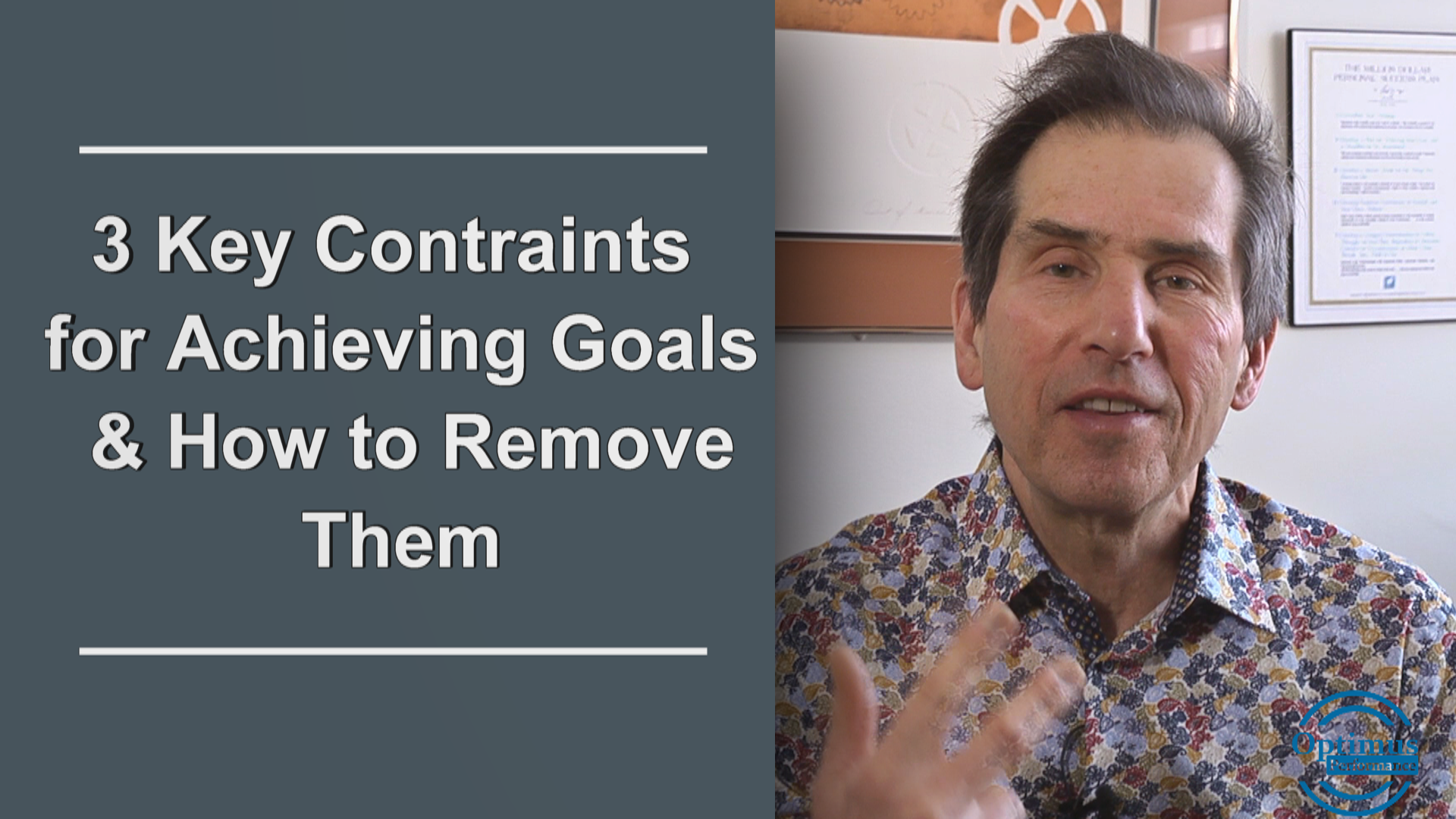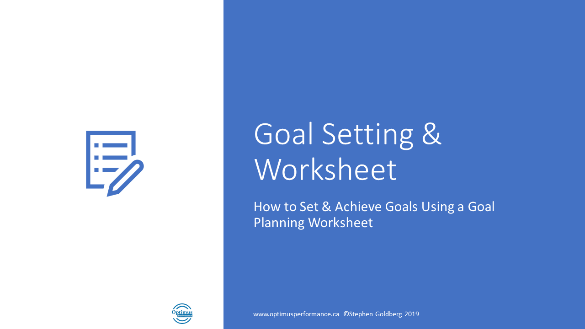I am discovering that online training can be even more effective that in-person training and for something I would never have thought possible.
Last year I took up mountain biking as I have ridden a road bike for a long time and wanted to experience something different that some friends were doing.
At first, I tried riding on my own on easy trails and found that I was afraid to do what seemed as simple climbs and descents. That is when I realized I needed some training.
So, I contacted a local mountain bike range where they offered training and signed up for a private class. The instructor had me ride while she observed. She then demonstrated what I should be doing to correct some things and then had me try them.
During an ascent I fell hard on my elbow and that hurt badly for three weeks. I realized I would need more lessons, but we were leaving for a long trip, so the lessons had to be put on hold.
When I bought the bike the shop owner told of an online mountain bike membership training by Ryan Leech. I signed up for a free trial but did not really apply very much.

This year I decided that I needed training if I was to continue the sport and so I purchased an annual training membership. After just two weeks of following a basic course I have seen great improvement in both my skill level and confidence handling the bike.
This made me realize how powerful online training can be when combined with the right elements. And these elements are the same as classroom training. Technology today affords the opportunity to make online training as or even more effective than one-on-one training as I am experiencing now.
These are the elements that make training effective:
- Explain the importance of the skill or step
- Demonstrate the skill or step
- Observe the person performing the skill or step
- Give feedback and correction
- Repeat the above until the skill is mastered to a basic level
- Continue monitoring and tracking progress
- Give positive feedback and encourage continued development
As I am discovering now with the mountain bike training all these elements can be applied online. Of course, I need to take responsibility to film myself and upload the files so the coaches can give feedback. In this case it requires motivated trainees and I am motivated to have fun and not get hurt.
What’s more is that I can follow the course at my own pace and keep practicing each step until I am ready to move to the next skill set. This seems more doable and certainly affordable with the online training than the one-on-one coaching at the mountain. Check out my article and video on the Seven Steps to Effective Employee Training and you can also download my free worksheet for planning the training.




